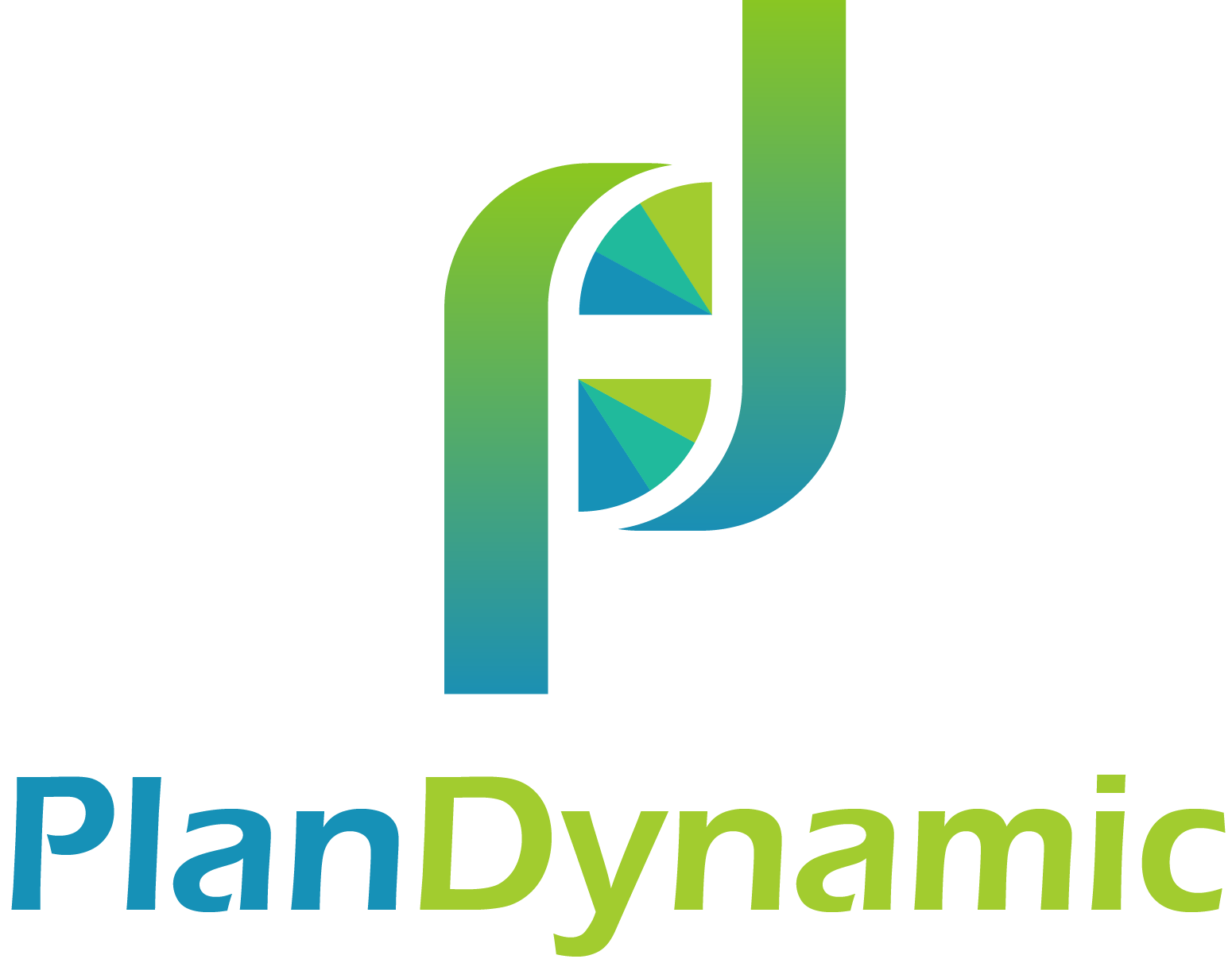To Convert or Not To Convert: Taxation Is The Question
There are many aspects to successful financial planning, including being proactive to potential change, vetting all options and giving yourself time to reflect prior to execution.
An area I’m discussing with clients currently is their philosophy towards taxes and future tax rates, specifically the impact of Requirement Minimum Distributions (RMDs) in retirement to their tax liabilities. Recall with Traditional IRAs the government requires a percentage each year after age 72 be made taxable, regardless if you need the funds.
To help reduce future RMDs one can do a Roth Conversion, the moving of Traditional IRA assets to a Roth IRA where you pay the taxes now on the amount converted as earned income. A Roth IRA offers tax-free growth potential, tax-free income distributions and has no Required Minimum Distributions (RMDs).
Why now, given the Tax Cuts and Job Act passed in 2017 by Congress reduced tax rates until 2025? Things can change and it is better to be analytical and measured over 5 months than rushed during the holidays to act before 2021.
Anyone, regardless of income levels, can convert to a Roth IRA.
There are complexities and variables, which many CFPs can help with projections, scenarios and provide recommendations beyond “should” or “should not”. Proper planning allows you to estimate an appropriate amount to convert this year (and future years), project tax liability and compare scenarios of portfolio and net worth impact with assumptions.
Some considerations:
The pro-rata rule and taxes. When converting, the IRS considers all traditional IRA account balances combined and you must figure out the proportion of which is nondeductible contributions, then use this percentage to determine how much of your conversion will not be taxable. You can’t choose to convert only after-tax money; the IRS won’t allow it.
Best to convert at year-end. A conversion must be completed by December 31 and the amount converted is included in that year’s taxable income. By choosing year-end to convert, you reduce the range of Modified Adjusted Gross Income (MAGI) variables and improve chances of converting to the top of your current tax bracket.
Not all-or-nothing. You can develop a plan to spread conversions over several years, even skip a year or two as needed pending MAGI levels and ability to pay taxes with non-IRA assets.
What’s done is done. Given that tax law changes now prohibit conversion reversals (“recharacterization”), it is important to be measured, give yourself time to reflect and re-run the latest data before execution.
More to consider beyond this limited space, talk with your tax professional or Certified Financial Planner.
The opinions voiced in this material are for general information only and are not intended to provide specific advice or recommendations for any individual.
Glenn Brown is a Holliston resident and owner of PlanDynamic, LLC, www.PlanDynamic.com. Glenn is a Certified Financial Planner™, Chartered Retirement Planning Counselor and fee-only fiduciary helping clients take control of planning and investing, so they can balance kids, aging parents and financial independence.
This article appeared in the September editions of Holliston Local Town Pages, Ashland Local Town Pages and Natick Local Town Pages.
Please call me at (508) 834-7733 or directly schedule a meeting to learn more about considerations for planning and investing so you can balance kids, aging parents and your financial independence.
PlanDynamic, LLC is a registered investment advisor. This article is intended to provide general information. It is not intended to offer or deliver investment advice in any way. Information regarding investment services are provided solely to gain a better understanding of the subject or the article. Different types of investments involve varying degrees of risk. Therefore, it should not be assumed that future performance of any specific investment or investment strategy will be profitable.
Market data and other cited or linked-to content on in this article is based on generally-available information and is believed to be reliable. PlanDynamic, LLC does not guarantee the performance of any investment or the accuracy of the information contained in this article. PlanDynamic, LLC will provide all prospective clients with a copy of PlanDynamic, LLC’s Form ADV2A and applicable Form ADV 2Bs. You may obtain a copy of these disclosures on the SEC website at http://adviserinfo.sec.gov or you may Contact Us to request a free copy via .pdf or hardcopy.
